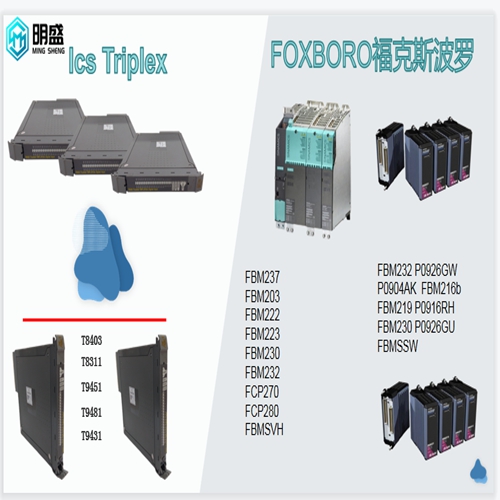How else can I play with self-developed chips?
Firstly, about half a month ago, there were media reports that Microsoft was developing its own chip for the Large Language Model (LLM), which is currently the cutting-edge artificial intelligence technology and also the model technology behind ChatGPT. The internal code is Athena. Then, on May 2nd, during an analyst conference call after AMD released its first quarter financial report for 2023, some analysts asked AMD how it views the current self developed chips by internet cloud computing companies and whether there are plans to collaborate with related companies to develop semi customized chips. AMD CEO Lisa Su stated that AMD currently has a very complete IP library in areas such as CPU, GPU, FPGA, and DPU, as well as a strong semi customized chip team, So the company has plans to further invest in this field to collaborate with key customers. Two days later, Bloomberg reported that AMD was collaborating with Microsoft on artificial intelligence chips. On the one hand, Microsoft was providing research and development support for AMD in the field of artificial intelligence, and on the other hand, AMD was developing Athena chips for Microsoft. After the report was released, AMD’s stock price rose by 6% at one point. Following a Bloomberg report, a Microsoft spokesperson stated that AMD is an important partner of Microsoft, but currently Microsoft’s Athena chip is not developed by AMD. However, Microsoft did not deny reports of collaboration with AMD in artificial intelligence.
We believe that summarizing existing reports, on the one hand, AMD’s semi custom chip field will be one of the key investment directions for companies in the future artificial intelligence field, because major customers of artificial intelligence applications (mainly internet technology giants) have great interest in this field; On the other hand, although the Athena chip may not be directly developed by AMD, there is a high possibility that Microsoft will collaborate with AMD in the development of artificial intelligence hardware. At present, the most likely scenario is that Microsoft is collaborating with AMD to develop a complete hardware solution for accelerating the artificial intelligence big language model, which includes Microsoft’s self-developed Athena chip and AMD’s CPU and other chips. In the development process of Athena chips, it is highly likely that Microsoft will consider adding interfaces and optimizations related to AMD chipsets (and may even use some AMD IPs). At the same time, AMD may also consider adding some semi customized components defined by Microsoft (such as data interfaces, storage bandwidth, optimizations for Microsoft’s artificial intelligence framework, etc.) in designing hardware solutions for this collaboration.
Finally, in terms of chip system integration, it would be a reasonable result for Microsoft to integrate Athena and AMD’s chips using AMD’s already experienced advanced packaging technology. In terms of upper level software integration, it is expected that Microsoft and AMD will cooperate deeply and ensure that the entire artificial intelligence system can run efficiently in the system.

